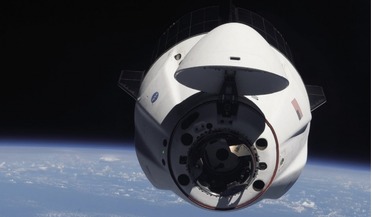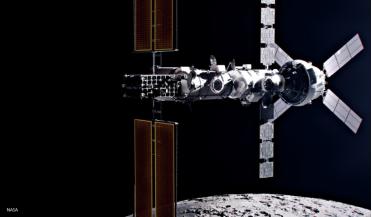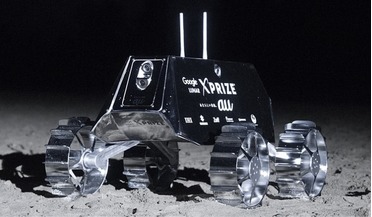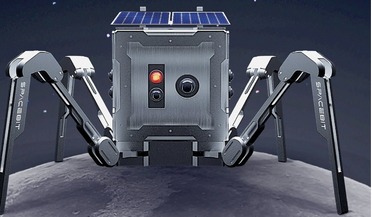 July 2021
Collaboration and competition in lunar exploration
July 2021
Collaboration and competition in lunar exploration
... of the Human Landing System (HLS); and ESA’s Commercial Partnerships and Commercial Lunar Mission Support Services (CLMSS) for the provision of lunar communications and navigation services. A European Large Logistic Lander could enable a series...
 October 2021
Russia and China – a new space axis
October 2021
Russia and China – a new space axis
... with the new heavy-lift launcher, the Soyuz 5, with a target date of a lunar landing in 2030. Indeed, under the Sirius programme, simulated lunar missions in Orel have already taken place. This artwork for a design concept for...
 October 2024
Lunar construction with regolith and robots
October 2024
Lunar construction with regolith and robots
... has not been found on the Moon, the raw materials necessary to produce lime are present. If future lunar missions had high energy power sources, it would be possible to develop the technology to process these materials to produce lime...
 April 2025
Racing to the Moon
April 2025
Racing to the Moon
... building a robot arm. In return, European, Japanese and Canadian astronauts will be included in early lunar missions. Reasons and resources With the lunar far-side landing, China has achieved something that the world’s preeminent nation in automated...
 September 2017
Plans for high-speed lunar rovers
September 2017
Plans for high-speed lunar rovers
... of a small-class prototype opens the door to the realisation of future testing activities on the different aspects of a lunar mission. For instance, the level of dexterity of space robots could be largely increased by the addition of human factors...
 November 2020
Walking on the Moon
November 2020
Walking on the Moon
.... A model of Asagumo under test in lava tubes in Japan. Ultimate goal One of the main criticisms of previous lunar mission developments has been their lack of sustainability. The Apollo programme itself was famously unsustainable, largely from...